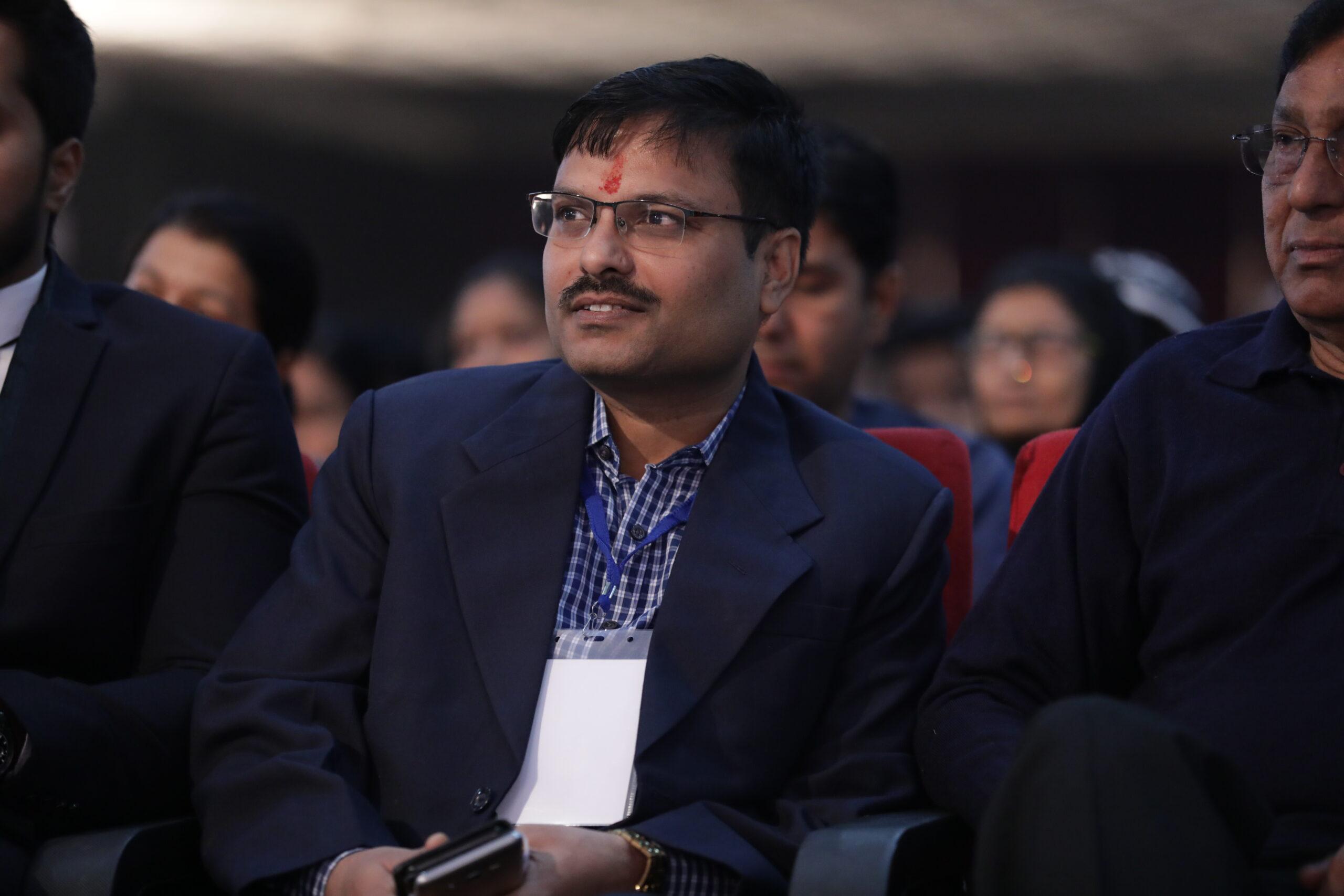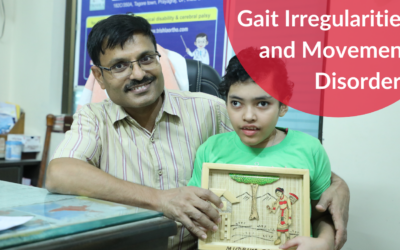Tendons are a band of tissues in the body that allow us to move. However, if someone has cerebral palsy, it can cause tight muscles and tendons. This tightness, or contraction, reduces the length of muscles and tendons over time. This condition affects both upper & lower extremities of the body. The person suffering from the medical issue may also experience pain along with abnormalities in the muscles and tendons, which can affect their mobility.
If you suspect that your child has contracture, it’s best to trust a good professional for treatment. Generally, treatment will include braces, medication, physical therapy, etc. However, if nothing seems to work, cerebral palsy surgery is the best available alternative.
When should we have a tendon transfer or lengthening surgery for cerebral palsy?
Generally, it is advised that children get tendon lengthening or transfer surgery before their bones fully mature. Often, the right age considered is between 6 and 10 years old. In current scenario most of time we like to avoid muscle tendon lengthening in cerebral palsy because muscle is inherently weak in cerebral palsy. An experienced and skilled orthopaedic surgeon will carefully evaluate your child to guarantee the right surgery happens at the right time to get the best possible outcomes.
Types of Surgery
Orthopedic surgeons generally provide a wide variety of techniques for the Types of surgery for cerebral palsy that can be used for tendon transfers and muscle lengthening. However, some techniques were invented and perfected by best pediatric orthopedic doctor in india. Now, here are some of the joint muscles and tendons that are targeted during cerebral palsy surgery.
- Gastrocnemius
You should know the Achilles tendon connects the muscle in the back of the calf to the heel bone. Now, the contractors can tighten these calf muscles, resulting in problems and pain. It can also cause your child to work on tiptoes, typical for young walkers. Now, toe walking after age three can become a concern and a reason for medical consultation. Most of cases case can be managed successfully by brace and therapy. if really surgery is needed then most of time high up in calf surgery is usually advised because with heel card lengthening possibility of crouch gait increase with age.
During the procedure, the orthopedic surgeon lengthens the muscle, which helps correct the ankle and foot position. This is carefully controlled to dial in the right amount of correction and involves several techniques. The goal of the surgery is to give your child the ability to walk with heels on the floor and knees straight.
- Hip Flexor
The hip flexor connects the muscles from pelvis to the thigh bone. The tendon helps the child bend at the hips, stand, sit, and even walk. When the muscles are tight, child will have flexion at hip and unable to extend so affecting the child’s ability to walk.
During the procedure, the surgeon will make a small incision at the front of the hip and then incisions in the hip flexor muscles to carefully lengthen it.
- Tendons around the foot
Some children suffering from cerebral palsy may not be able to control their foot muscles quite well, and their feet may point inwards. Here, surgery on tendons around the foot can actually improve positioning and functioning.
The surgery involves splitting the tendon into two long sections and then using the right technique to reattach one section of the muscle on the outside of the foot. Now, the split tendons will act as a stir-up. They will allow the foot to maintain a more natural position and function properly. The surgery can be a better option than just lengthening and cutting the tendon.
- Hamstring complex
The hamstring complex have three muscle including semitendinosus, semimembranosis & bicep femoris. It originate from posterior aspect of pelvis, cross to whole thigh posteriorly and connect to posterior aspect of tibia and fibula. When the tendons are tight or too short, they cause pain and problems with sitting and walking. Tendon transfer or muscle lengthening will allow your child to extend and straighten the knee, making sitting and walking more comfortable. But it is very crucial to examine the child in detail by gait analysis and physical exam before surgery.
The surgeon will make a small incision on the inside of the knee to carry out the procedure. Hamstring lengthening is a lot more common than tendon transfer. But a tendon transfer is more beneficial. Tendon transfer also maintain hip extension power. The surgeon will discuss all the options with you as a part of the treatment planning process and ensure your child gets the best assistance.
- Rectus femoris
The Rectus femoris allows the knee to strengthen and helps it bend. When it contracts, the rectus femoris complex can make the muscles around the knee stiff and hard, which can cause problems with walking.
Here, tendon transfer cerebral palsy surgery involves removing the rectus femoris tendon from the top of the knee cap. The tendon is then transferred and reattached to a muscle on the inside of the leg, just above the knee. This allows the rectus femoris muscle to bend the knee instead of straightening it.
When it comes to cerebral palsy therapy, the treatment method or the surgery that will be used will vary depending on the severity of the condition of the child and also numerous other factors. The surgeons can identify it all and then customize a treatment plan that will help him see a better recovery. However, even after the surgery, the child must take proper measures. There will be physical therapy and a lot of medications involved to help him get back to his everyday life. During their challenging phase, as a parent, it is your responsibility to stay by the side of your child and provide him with all the care and love he deserves.
Conclusion
Surgical planning can be highly complicated, especially for challenging cases. During such a time, the expertise of an experienced medical professional can be paramount. You can rely on the professionals of Trishla Foundation to get the proper assistance. They have years of experience in handling cerebral palsy cases. They know how to get the child the best care and attention he deserves. No matter how complex the situation is, they can complete the surgical procedure well and provide him with the best aftercare.







